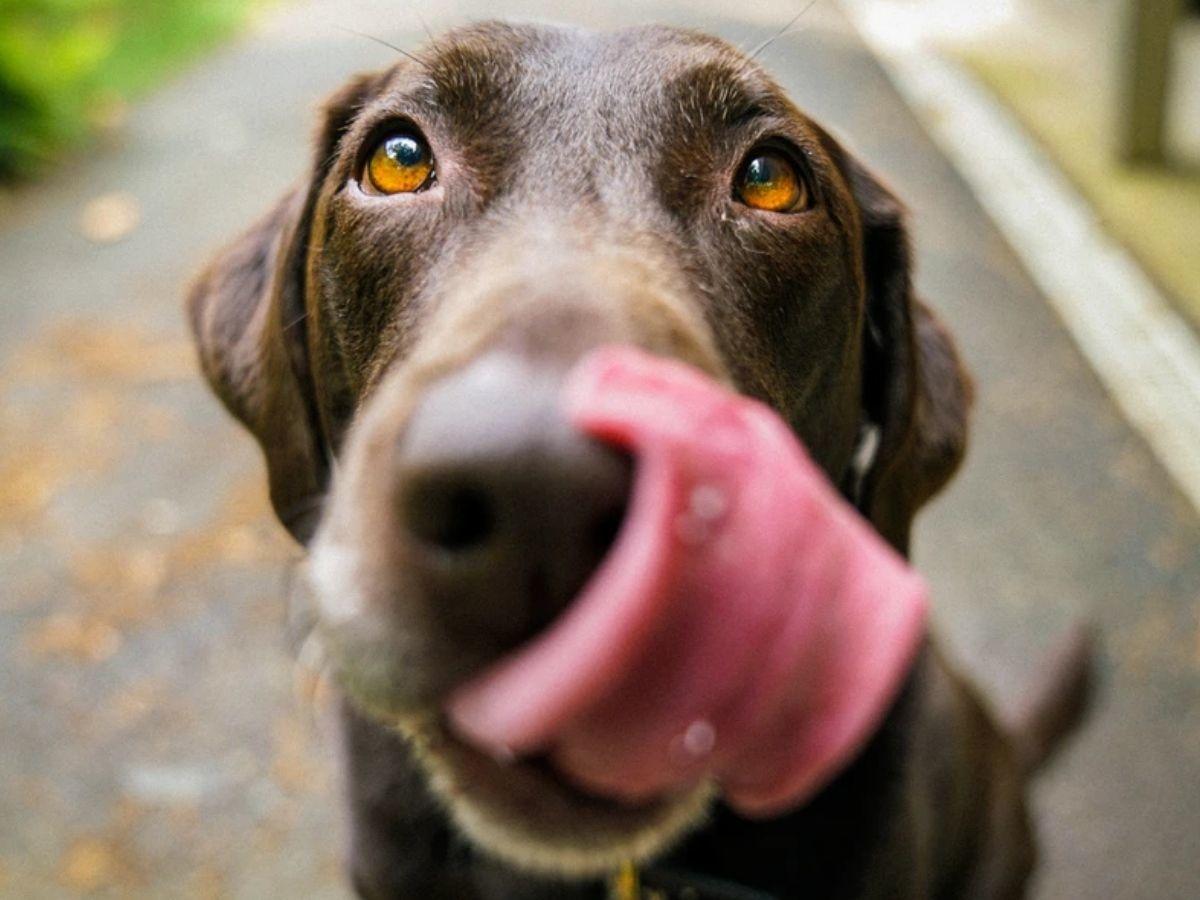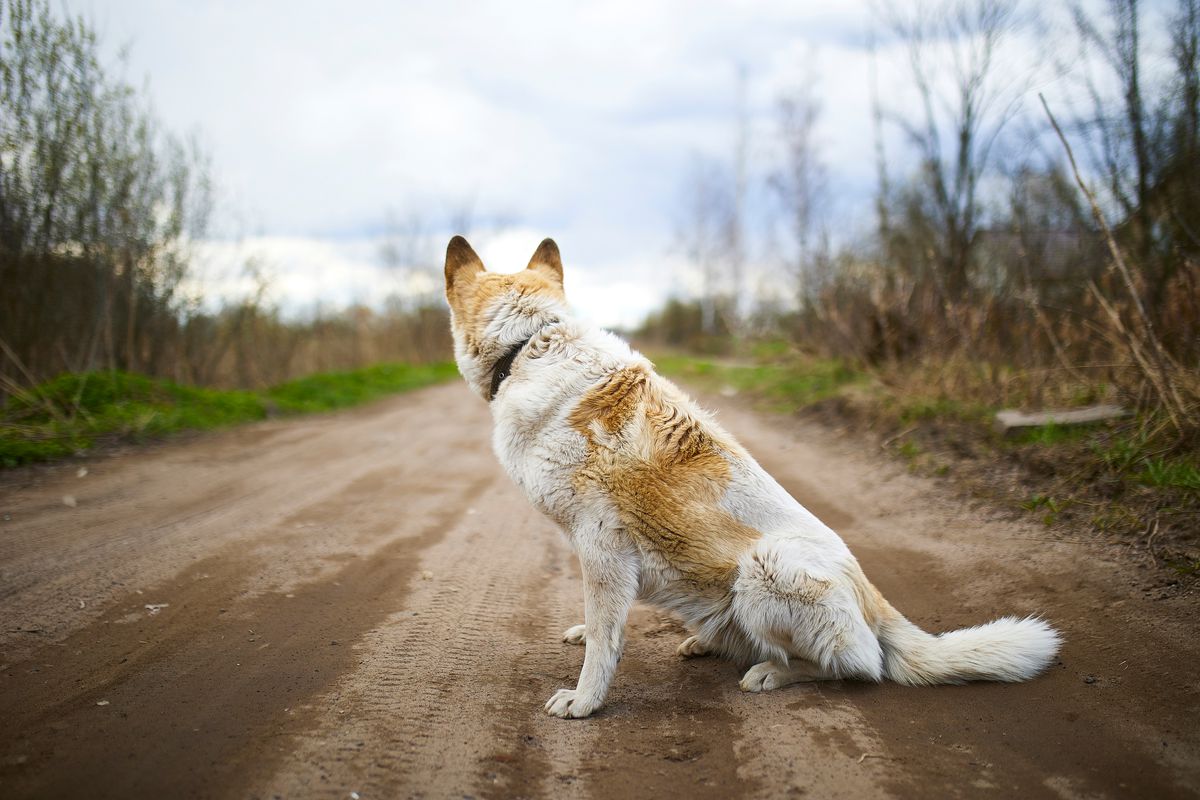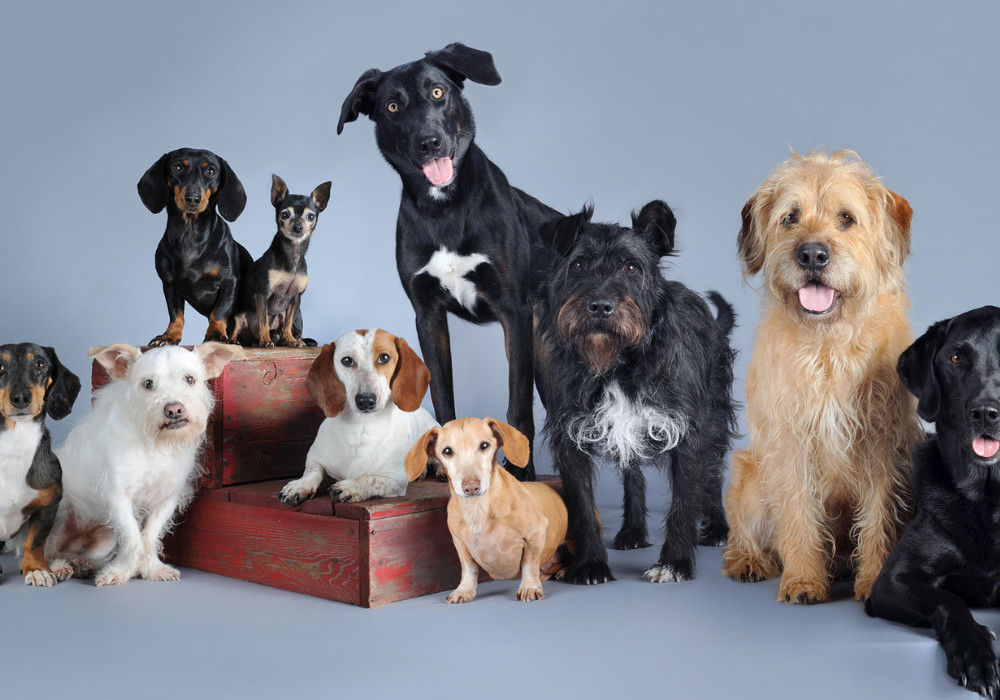To discover this, the scientists out of Germany studied 51 dogs in different conditions to see how they would react when people intentionally or unintentionally refrained from giving them a treat. Also known as unable versus unwilling paradigm.
The conditions included dogs and people separated by a clear barrier as the human held a treat. Humans took the treat back through a gap in the barrier and kept the treat for themselves in the “unwilling” condition.
On the other hand, the “unable” condition included humans dropping the treat when attempting to give it to the dog and also not being able to fit the treat through the gap at all.

“If dogs are indeed able to ascribe intention-in-action to humans,” Dr. Juliane Bräuer from the Max Planck Institute for the Science of Human History, said in a university release. “We would expect them to show different reactions in the unwilling condition compared to the two unable conditions. As it turns out, this is exactly what we observed.”
As a result, the study showed how much time dogs would wait until they tried to get to the treat. When they didn’t think the human wanted to give the treat to them in the “unwilling” condition. The dogs would wait longer by sitting or lying down to imply that they were trying to satisfy their owner in order to get treat after all.
Further, the scientists noticed that dogs would stop wagging their tails when people would intentionally not give them a treat.
“The dogs in our study clearly behaved differently depending on whether actions of a human experimenter were intentional or unintentional.
“This suggests that dogs may indeed be able to identify humans’ intention-in-action,” adds Hannes Rakoczy from the University of Göttingen.
More behavioural research will also help confirm their findings overall. “Nevertheless, the findings present important initial evidence that dogs may have at least one aspect of Theory of Mind. The capacity to recognise intention-in-action,” researchers conclude.











